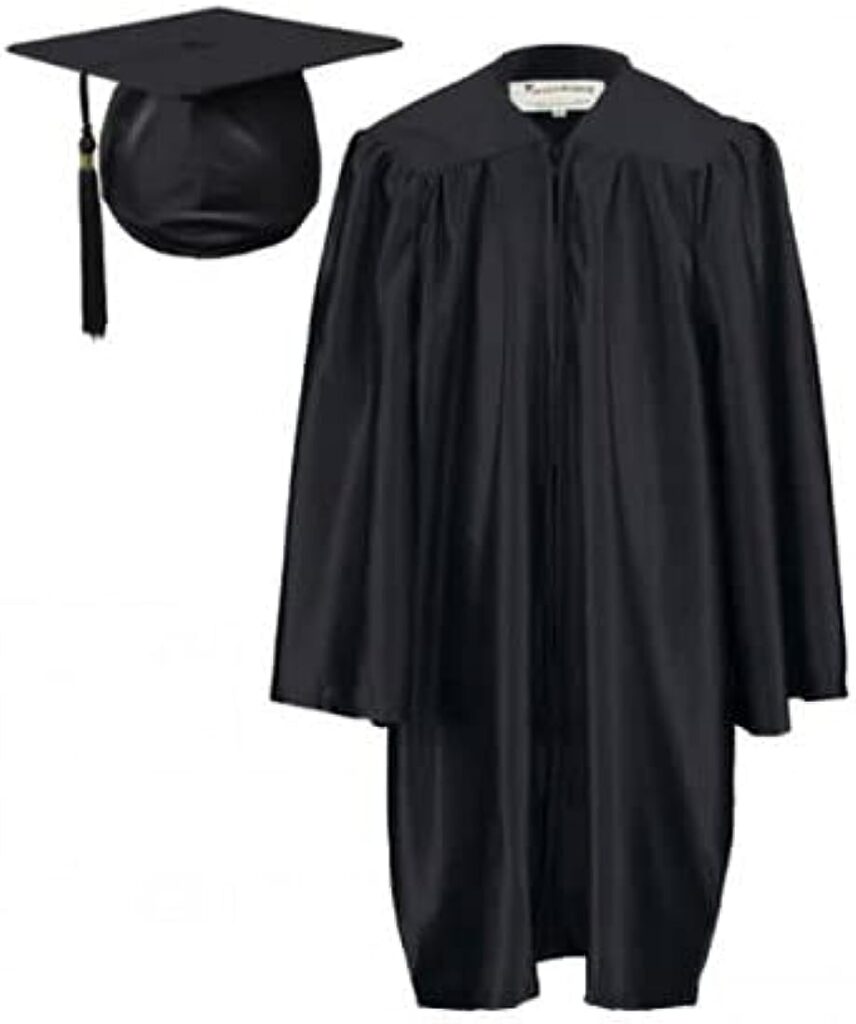Graduation gowns, also known as academic robes or commencement attire, are traditional garments worn by students during graduation ceremonies. These gowns are typically worn over regular clothing and come in various styles and colors that correspond to the degree level, field of study, and academic institution. Graduation gowns are an essential part of the regalia worn by graduates to mark their achievement and signify their academic accomplishments.

Gown Styles:
Colors:
Sleeve Designs:
Hoods and Stoles:
Caps (Mortarboards):
Tassels:
Accessories:
Customization:
It’s important for graduates to adhere to their institution’s guidelines and regulations regarding graduation attire. Many institutions have specific vendors or sources from which students must purchase their graduation regalia to ensure uniformity during the ceremony.
Graduation gowns hold deep symbolic significance, representing the culmination of years of academic effort and marking the transition from student to graduate. They are an integral part of the celebratory atmosphere of graduation ceremonies. For more Information Contact Us.
Copyright ©️ 2023. All Rights Reserved | Design and Marketing by prontosys.ae